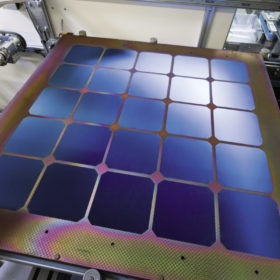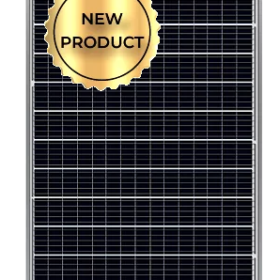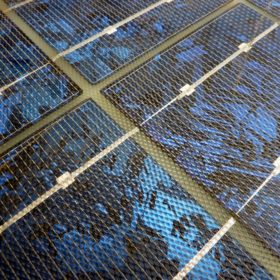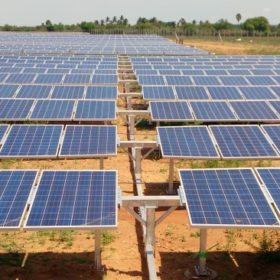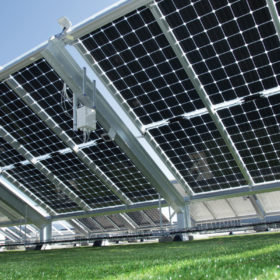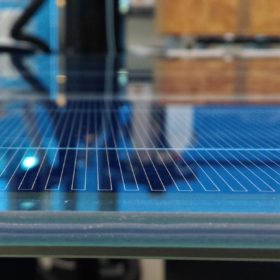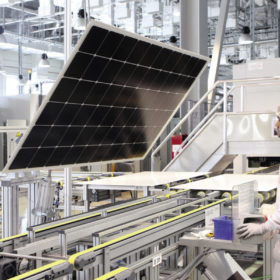REIL tenders for supply of 200,000 multi-crystalline silicon solar cells
Manufacturers are invited to supply 100,000 quantities of 4.5W (4-/5-busbar) and 4.60W (5-busbar) cells each. Bidding closes on November 3.
RenewSys launches 505Wp solar modules
The Indian solar manufacturer has unveiled the DESERV Galactic Ultra series, which features the world’s first mono-facial modules to cross a peak output of 500 W using G1-sized (158.75mm) cells.
REIL seeks bifacial and mono PERC solar cells
November 10 is the bidding deadline for the supply of 50,000 bifacial cells with a peak power rating of 5W and 100,000 mono PERC cells (50,000 of 7Wp and 10Wp each).
Conformity assessment of solar PV panels in India
Quality of testing is equally important even as new test labs come up for solar modules. Proper equipment selection and frequent calibration of equipment are prerequisites to ensure the credibility of the test results.
The long read: The cracks are showing
Finding tiny cracks in a silicon solar cell is not that easy, particularly given that these cracks initially have little or no effect on module performance. But a number of common occurrences in a module’s lifetime can cause cracks to grow, rendering whole areas of a cell useless. And this is increasingly being recognized as one of the most significant risks to module reliability – one which the PV industry is hard at work to mitigate.
Manufacturing a green solar bounce in India
The nation must look at innovative PV technologies that are low-cost and can be applied in a vast range of new applications.
PV module innovations to lower solar costs in coming decade
A new report by Wood Mackenzie suggests that rapid solar module technology innovations in the next decade will lead to significant increases in module power class, better performance and more versatile applications. Technology and lower capex will be key to sector growth, it adds.
Borosil Renewables records 65% YoY revenue increase for first half
The Indian solar glass maker posts revenue of INR 168.16 crore for the first half of FY2020-21, generating profits (after tax) of INR 12.19 crore.
NHDC seeks supplier for up to 350 MW of solar modules
The state-run hydropower company is targeting 340-350 MW of generation capacity in the 1.5 GW tender being held by SECI and state utility Madhya Pradesh Urja Vikash Nigam Limited. NHDC has opened a global tender to seek a panel supplier.
The long read: In the long run
PV module makers are under growing pressure to increase the power output and longevity of their products, which leads in some cases to rapid changes in the technologies and materials they utilize. pv magazine recently sat down to speak with Kaushik Roy Choudhury and Mark Ma of DuPont Photovoltaic Solutions about the changing landscape for quality in solar PV materials.
